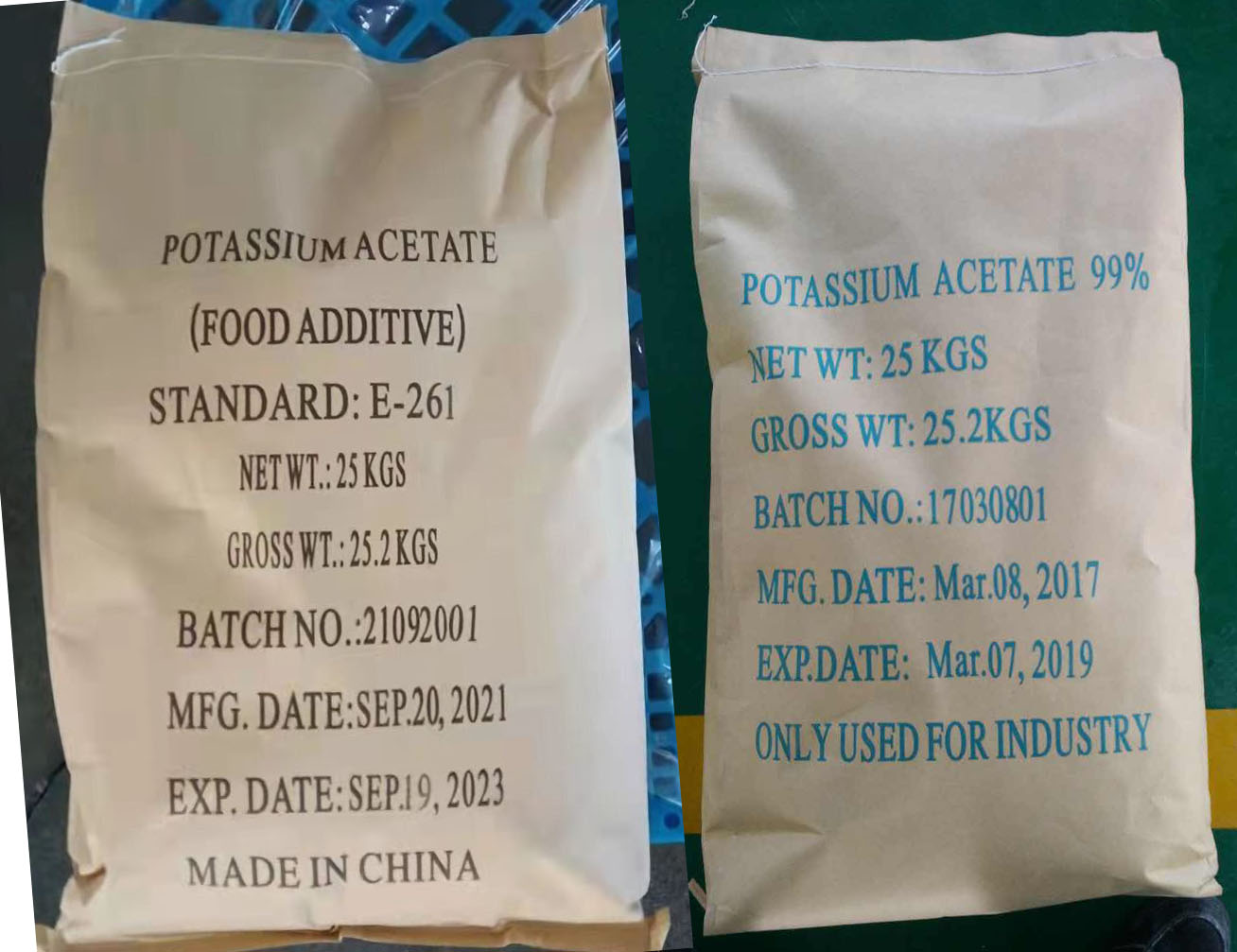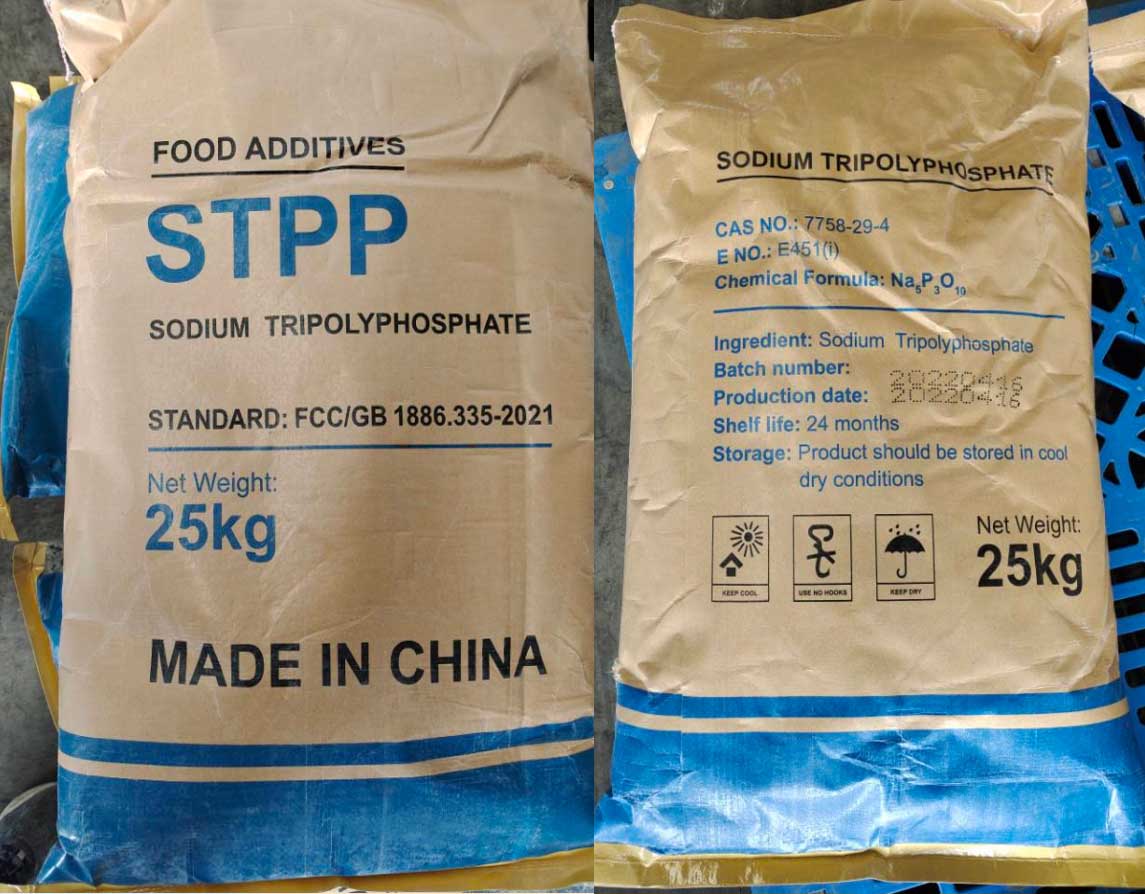Article:
Potassium carbonate, also known as potash, is a versatile compound that has found significant application in the food industry, particularly as a flour additive. Its use in baking and other culinary processes has been well-documented for its ability to improve the quality and texture of baked goods. This article will explore the various functions of potassium carbonate in flour, its benefits, and how it contributes to the overall quality of baked products.
Chemical Properties and Composition
Potassium carbonate (K2CO3) is an inorganic compound that appears as a white, hygroscopic powder. It is highly soluble in water and forms a strongly alkaline solution. The chemical properties of potassium carbonate make it an ideal ingredient for various applications, including its use as a leavening agent and pH regulator in baking. When added to flour, it reacts with acidic components, such as cream of tartar or buttermilk, to produce carbon dioxide gas, which helps to leaven dough and batter.
Function as a Leavening Agent
One of the primary functions of potassium carbonate in baking is its role as a leavening agent. Leavening agents are essential in baking as they help to create a light and airy texture in baked goods by producing gas bubbles within the dough or batter. Potassium carbonate, when combined with an acid, undergoes a chemical reaction that produces carbon dioxide gas. This gas gets trapped in the dough, causing it to rise and expand, resulting in a more tender and fluffy final product.
For example, in the production of cookies, biscuits, and pastries, potassium carbonate can be used in combination with an acidic ingredient like cream of tartar. The reaction between these two components produces carbon dioxide, which helps to create a light and crispy texture. Similarly, in bread-making, potassium carbonate can be used to enhance the rise of the dough, leading to a better crumb structure and a more appealing loaf.
pH Regulation and Texture Improvement
Another important function of potassium carbonate in flour is its ability to regulate the pH of the dough or batter. The pH level is crucial in baking as it affects the activity of enzymes, the development of gluten, and the overall flavor of the baked goods. By adjusting the pH, potassium carbonate can help to optimize the conditions for the best possible outcome.
In many recipes, the optimal pH range for yeast fermentation and enzyme activity is slightly acidic to neutral. Potassium carbonate, being an alkaline compound, can be used to balance the pH of the dough, especially when the recipe contains acidic ingredients. This regulation of pH not only improves the texture of the baked goods but also enhances their flavor and shelf life.
Enhancing Nutritional Value
In addition to its functional properties, potassium carbonate can also contribute to the nutritional value of baked goods. Potassium is an essential mineral that plays a vital role in maintaining proper heart function, muscle contraction, and nerve transmission. By adding potassium carbonate to flour, bakers can increase the potassium content of the final product, making it a healthier option for consumers.
However, it is important to note that the amount of potassium carbonate added should be carefully controlled to avoid any adverse effects on taste or texture. Excessive amounts of potassium carbonate can lead to an overly alkaline environment, which may result in a soapy or bitter taste and a dense, tough texture.
Applications in Different Types of Baked Goods
Potassium carbonate is used in a wide variety of baked goods, each benefiting from its unique properties. In the production of flatbreads, such as naan or pita, potassium carbonate helps to create a soft and pliable dough that puffs up beautifully when baked. For crackers and hardtack, it contributes to a crisp and crunchy texture. In cakes and muffins, it helps to achieve a light and fluffy crumb, while in cookies, it aids in creating a chewy and delicious treat.
Safety and Regulatory Considerations
When using potassium carbonate as a flour additive, it is important to adhere to safety and regulatory guidelines. The U.S. Food and Drug Administration (FDA) and other international food safety agencies have established guidelines for the use of potassium carbonate in food. These guidelines specify the maximum allowable levels of potassium carbonate in different types of baked goods to ensure consumer safety.
Bakers and food manufacturers must follow these guidelines to avoid any potential health risks. Additionally, it is advisable to conduct thorough testing and quality control measures to ensure that the final product meets the desired standards of quality and safety.
Conclusion
Potassium carbonate is a valuable ingredient in the baking industry, offering a range of benefits as a flour additive. Its ability to act as a leavening agent, regulate pH, and enhance the texture and nutritional value of baked goods makes it a versatile and essential component in many recipes. By understanding the functions and proper usage of potassium carbonate,




